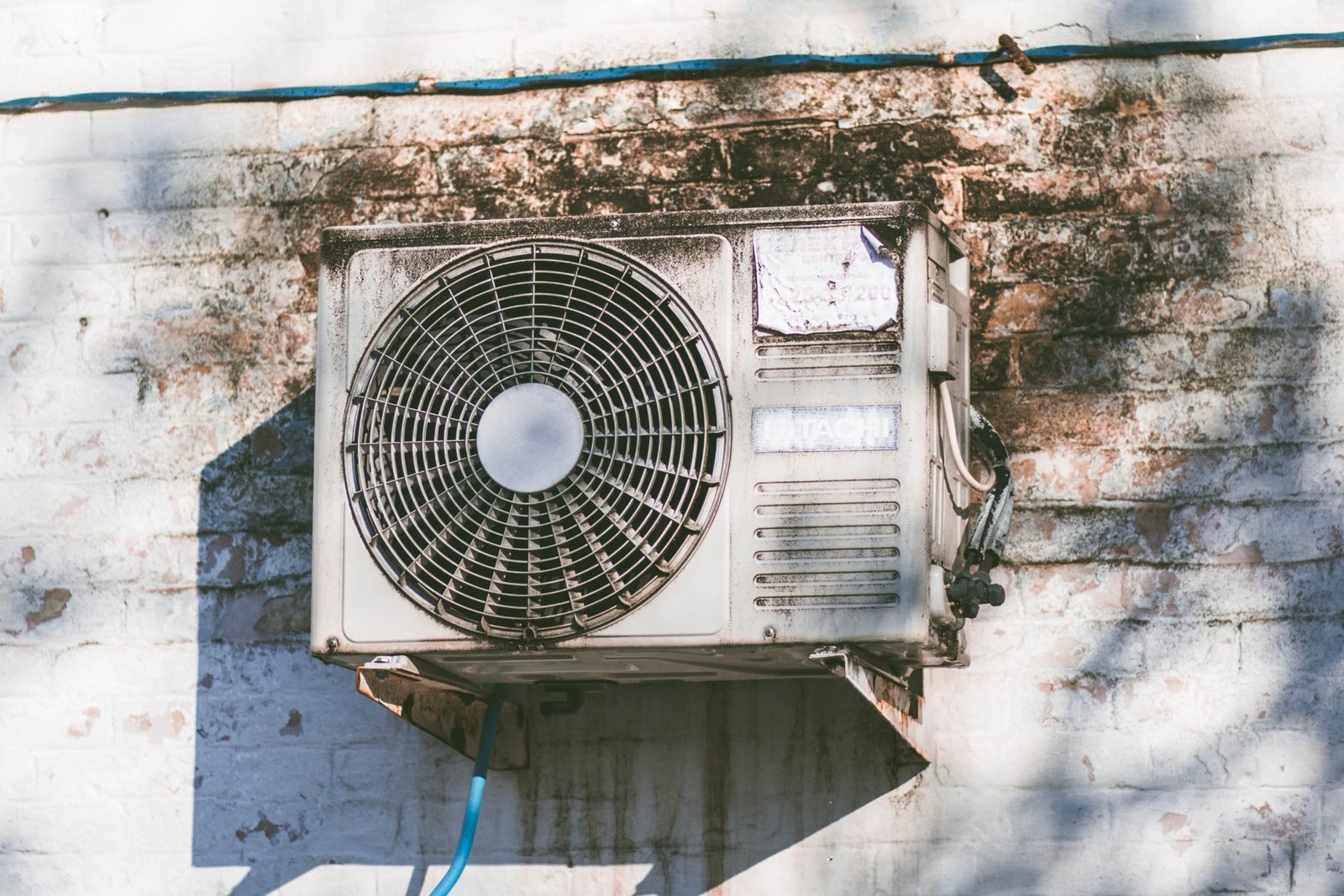According to the EPA:
“Indoor moisture, altered air flows, lowered air exchange. These can all increase occupant risk of exposures to indoor generated contaminants.”
Considerations
There’s a lot to consider in the construction of a new building. As we now have a heightened awareness of climate issues, energy efficiency is now one of the top priorities. Buildings use about 40% of the energy consumed in the US. Therefore, when in the planning stages of mechanical engineering, code requirements on air quality must be met.
Solutions
Primarily, political and government pressures have increased the standards of energy efficiency. There are two main ways of improving a building’s energy efficiency:
Firstly, improving the energy efficiency of equipment inside of a building or removing unnecessary equipment.
Secondly, improving the thermal performance of the building structure itself.
The two above mentioned, can be implemented either PRE or post-construction. Engineers make efficiency a priority at the planning, and consultation stages, of a construction project. This allows for full integration and cooperation of all engineering systems. Steps can be taken in an existing building to improve energy efficiency. Also to ensure compliance with all new codes and regulations. In effect, it takes is the right mechanical engineering consultants. Thus, the importance of these systems can’t be understated. When undertaking these projects, make sure you do the research, and hire the best.
As such, good quality indoor air is essential to the health and safety of the occupants. Building codes reflect the importance of this by their stringent nature. As such, there are now requirements on almost every facet of a building:
- Envelope tightness – The degree to which a building is airtight
- Combustion appliances – Such as wood-burning stoves, etc.
- Venting and Exhausts
- Duct Leakage or Location– Duct insulation and sealing required to reduce leakage.
- Ventilation distribution– Requires gravity dampers for outdoor air (OA) vents
- Occupant controls/ease of use– At least one thermostat for each separate heating and cooling system. Programmable thermostat required where the primary heating system is a forced-air furnace.
The Difference
Hire the right mechanical engineering consultant in your area. This can make a difference in both energy efficiency and the health and safety of a building.



